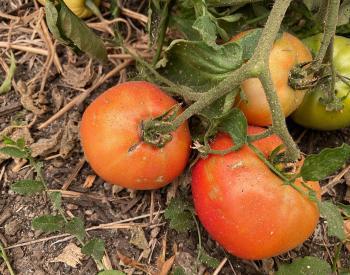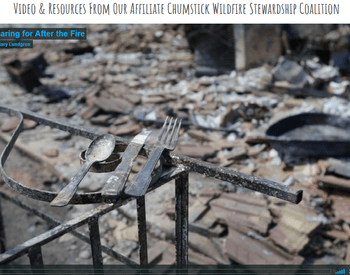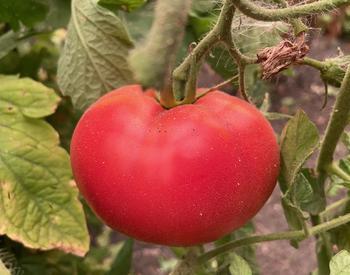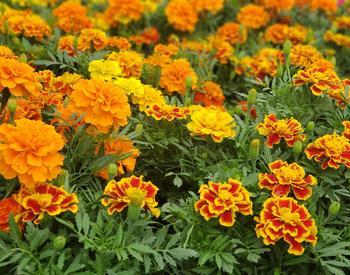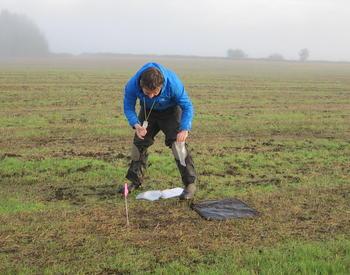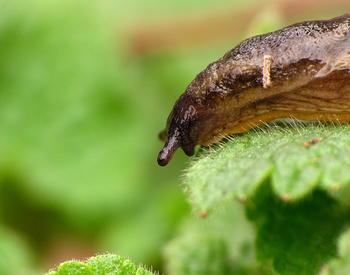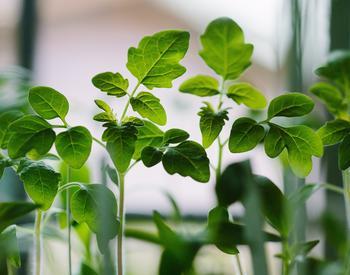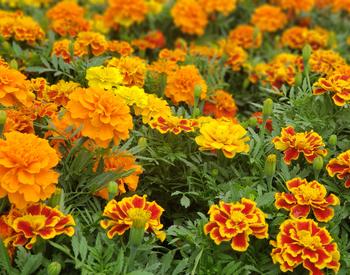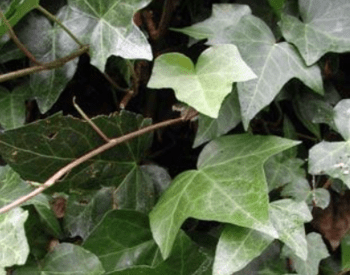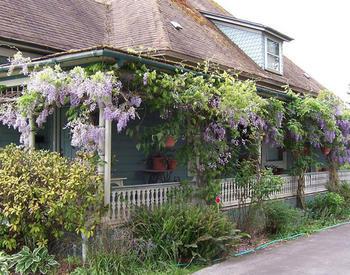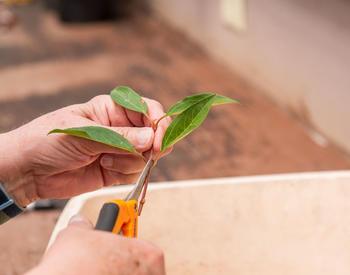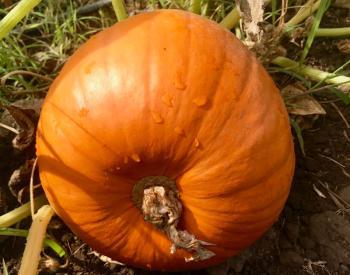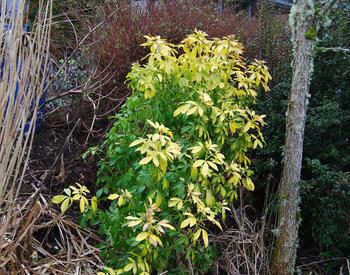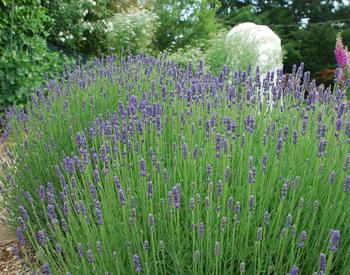My shrubs are covered in ash. When this is over should I take a hose and spray them off?
Let's cross our fingers that we get some rain to clear the ash away! But if it does stay dry, then you will want to devise a plan to first safely remove ash from high use areas of your home like walkways, driveways, garbage cans, mailbox, etc. This will reduce the chance of creating clouds of ash and/or tracking it into your home. Removing ash from your entire property including garden plants, shrubs, and lawns isn't always necessary. And a thin dusting of ash on plants (can still see the green color) isn't likely to have long term effects on plant health before our fall rains wash it away so no need to remove.
Focus instead on clearing heavier amounts of ash from plants that you regularly come into contact through gardening activities, that are near windows, doors or air handling units, food producing plants, or plants that are of high value to you. Read tips for handling ash on garden fruits and veggies.
Cleaning up even small amounts of ash that have landed in your yard or garden from the wildfires needs to be done carefully. Wait until the air quality reaches healthy levels to begin the cleanup. And even though the smoke has cleared, any ash particles that are kicked up during the cleaning process can enter your lungs. Take care to avoid exposure.
It is recommended to wear an N95 respirator to protect your lungs when cleaning up ash. Due to the COVID-19 public health situation this type of respirator is difficult or impossible to find. If you are unable to find an N95 mask and you must clean up ash, then wear a close-fitting multi-layer cloth with a filter or disposable paper face covering. It won't be perfect but will at least provide some level of protection. If you have health issues (especially with your heart or lungs), ask for help rather than cleaning the yard or garden yourself. Protect your skin by wearing a long sleeve shirt, long pants, socks and closed toe shoes. After cleaning, wash your hands and any skin exposed to the ash. Avoid tracking ash back into your home by changing clothes and removing shoes after cleaning. Keep your windows and doors closed while cleaning to keep ash from entering your home.
Don't use a leaf blower or a household vacuum to remove the ash. This will only create a cloud of ash that is dangerous for you and your neighbors to breathe. Instead, gently sweep to move the ash off surfaces or use a gentle low-pressure stream of water.
Don't wash the ash down the storm drain. Instead direct the rinse water into low traffic grassy or ornamental areas (away from your fruit & veggie garden) which will act as a natural filter. Large amounts of ash can be gently swept into a pile, bagged in plastic sacks, sealed, and thrown away.
Again, protect your lungs and take care to avoid creating airborne particles. Carefully misting with water before sweeping will help.
Here are additional yard and garden clean up resources you may find useful.
- Santa Barbara County in California has a detailed information page
- EPA has a two-page factsheet
Note: If the ash was produced from a burning structure or you have a thick layer of ash due to close proximity to the fire then take additional precautions. There may be hazardous chemicals or fire-retardant residue that requires special handling. You may need to work with a professional cleaning company in order to safely remediate the site. Check in with your local fire jurisdiction or emergency operations for more information.

